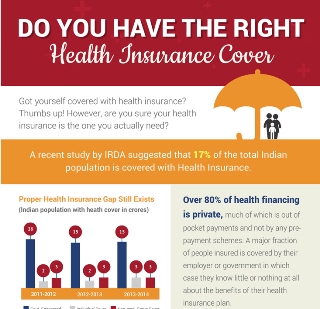Browsing The Complexities Of Medical Insurance Terms

Post By-Yusuf Fyhn
Many individuals do not have sufficient health insurance proficiency skills to understand how their plan functions. This can cause complex language, aggravating obstacles and unnecessary expenses.
A common set of terms as well as definitions assists to break down the complexities of exactly how your plan functions. These consist of:
Premium
The costs component of health insurance coverage is the monthly fee that an insurance holder pays to maintain coverage. It is additionally referred to as the "price tag" of a health insurance plan.
Premiums can differ substantially by plan type as well as protection alternatives. For example, a health insurance plan that has reduced out-of-pocket expenses might have a higher month-to-month costs than one with even more charitable coverage.
Health plan premiums usually cover a part of the insurance firm's management expenses. These expenses are generally lower for large team plans than for individual as well as small-group plans, due to economies of range. However, management costs can still comprise a considerable part of the total health care expense. This is why it is necessary to comprehend the whole cost of a medical insurance strategy before buying.
Insurance deductible
An insurance deductible is the quantity you need to spend for many eligible medical solutions prior to your health plan starts to cover any of the price. Copays (level charges) are likewise paid when receiving medical solutions, however these do not count towards fulfilling the insurance deductible.
The deductible component of your health insurance coverage can be an important consideration in selecting a plan. If you need constant treatment, a strategy with a greater deductible may make even more sense for your budget plan. The deductible normally resets at the beginning of each benefit year, which normally coincides with a calendar year. Some strategies have aggregate deductibles and some have ingrained deductibles, which specify per relative on a specific plan. The higher the insurance deductible, the lower the premium will certainly be.
Coinsurance
A coinsurance component becomes part of lots of medical insurance plans. It is the percent of a clinical bill that a client pays after they meet their deductible annually. The continuing to be price is paid by the medical insurance firm. Coinsurance is generally expressed in a ratio, such as 80/20.
A co-payment is a set amount that the insured need to pay each time they make use of a specific solution. It is typically a flat fee, however it can additionally be a percent of the complete price of a medical cost. Coinsurance as well as co-payments differ relying on whether you select to see an in-network or out-of-network service provider. It is very important to comprehend your health insurance strategy's terms to guarantee you are getting the best care possible. https://www.instagram.com/healthpluslifellc qualified insurance coverage representative can aid.
Copayment
The copayment is an insurance element that covers a portion of medical costs. It is an agreed-upon amount specified in the agreement between the insurer and the insurance holder. Copays are normally set for different services such as physician check outs, prescription drugs, and also emergency clinic care.
Insurance coverage professionals claim that the copayment is an essential facet of health insurance protection due to the fact that it helps to prevent deceptive claims. https://www.kff.org/health-reform/issue-brief/consumer-survey-highlights-problems-with-denied-health-insurance-claims/ cost great deals of money and hurt innocent customers.
A copayment is additionally crucial because it separates the risk between the insurance company as well as the guaranteed. This system discourages unnecessary insurance claims as well as keeps the insurance coverage premium cost effective. However, it is necessary to understand the particular details of your insurance policy plan and review its benefits recap before registering.
Network
A team of doctors, healthcare facilities, pharmacies and various other healthcare suppliers that have a contract with your insurance company to offer solutions at an affordable rate. Some strategies need that you just use service providers in their network.
Likewise referred to as "normal, popular and also sensible" charge or "allowed amount," this is the buck amount that an insurance provider thinks about to be a practical cost for a certain solution. The insurance company will typically pay only as much as this quantity, so you will be responsible for any costs over this quantity.
Some strategies, such as a Special Supplier Organization (EPO), need that you receive all of your healthcare from the plan's network of physicians (except in an emergency situation). This is a sort of managed care strategy.

